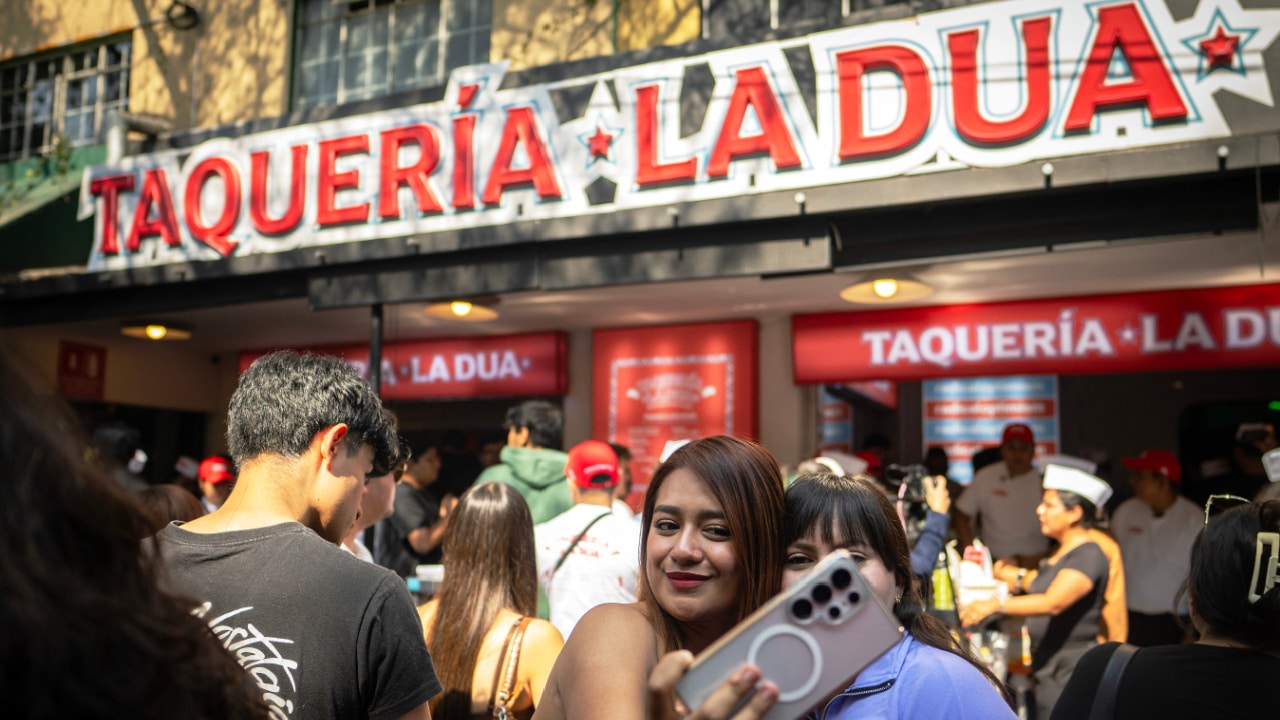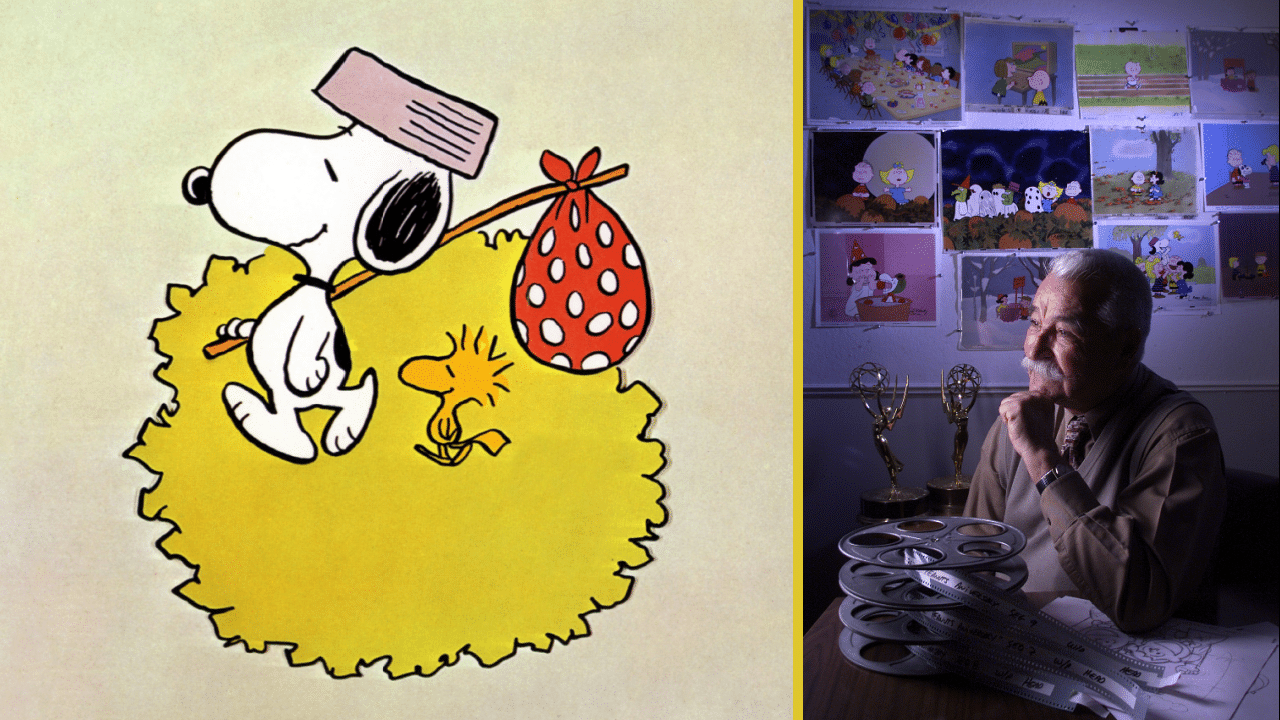The Incredible Origin Stories of the Most Popular Latino Christmas Songs
For many non-English speaking Latinos, learning Spanish Nochebuena songs in their English versions is a big shock. To learn that “Noche de Paz” is an Austrian carol that is known in these parts of the world as “Silent Night” and that “El Tamborilero” has roots in the Czech Republic can be a bit jarring.
But it makes it sweeter to discover which Christmas songs are ours and only ours, such as “Mi Burrito Sabanero.” While others were composed by Latino artists feeling that longing for la Navidad at home. Luckily, all the Christmas music in Spanish is at our fingertips. Here are the incredible origins of some of the most popular Latino Christmas Songs.
Every Latino in touch with la cultura knows how to sing at least “tuki tuki tuki tuki” from “Mi Burrito Sabanero” o “El Burrito de Navidad.” Every Latino is also convinced that the song is from the country of his or her ancestors, but this is not true, unless you are Venezuelan.
The song was written in 1975 by Hugo Blanco, a prolific composer and producer. Believe it or not, “Mi Burrito Sabanero” was rejected by the artists Blanco wrote for. Years later, Blanco included it in an album of La Rondallita, a children’s chorus, and the song just took off. Eventually, Juanes recorded it in a Christmas production that included traditional carols sang by different Latino artists, and the rest is history. The craziest part of the whole story is that the original singer of “Mi Burrito Sabanero,” an 8-year-old boy named Ricardo Cuenco, never recorded music again and works nowadays as a plumber. Do you think he plays it on Navidad?
“Los Peces En El Río” is one of the oddest Christmas songs you will ever hear. The lyrics go something like this: “Look how the fish in the river are drinking, but look how they are drinking because they are seeing God being born.” The melody is beautiful and nostalgic, but the lyrics can be a bit baffling especially to the new ear.
No one has been able to figure out the origin of this carol, but many experts agree on the possibility that it was originally an Arab song that made its way into the Spanish culture during the eight centuries that South of Spain was part of the Muslim world.
Since we are discussing peculiarities, what about “Aires de Navidad?” This song is part of the most successful salsa album in history: “Asalto de Navidad.” According to Willie Colón, who sings the song with Héctor Lavoe, the idea was to “keep the connection with the urban side of salsa and the link to the image of people that were enjoying the criminal life.” Ok, insert question marks here. Funny enough, the song is a powerful celebration of the advent of the holidays and the perfect tune to celebrate Christmas Caribbean style.
There are some traditional Latin Christmas songs that are truly heartbreaking. One of them is “Ven a Mi Casa Esta Navidad,” which translates to “Come to My Home This Christmas.”
Unless all your loved ones are with you during the Holidays, this song will reduce you to a puddle of tears, so if your family likes to play this song, remember to use waterproof mascara or bring one of those old fashion hankies.
“Ven a mi casa esta navidad” was composed by Argentinian singer-songwriter Luis Aguilé and he was thinking of all the people that had to spend Christmas alone or missing somebody, because they had died, were somewhere else or weren’t talking to each other. Way to rub salt in that wound!
“Faltan Cinco Pa Las 12” is a classic at New Year’s Eve and it’s very possible that some people only learned about it thanks to Camilo, but the song was written in the 60s by Oswaldo Oropeza and recorded by Venezuelan artist Nelson Zavarce. According to Colombian acordeon master Aníbal Velásquez, the first version of the song felt like “a message from the underworld.” Thankfully, Velásquez worked on it and delivered the classic we came to love.




